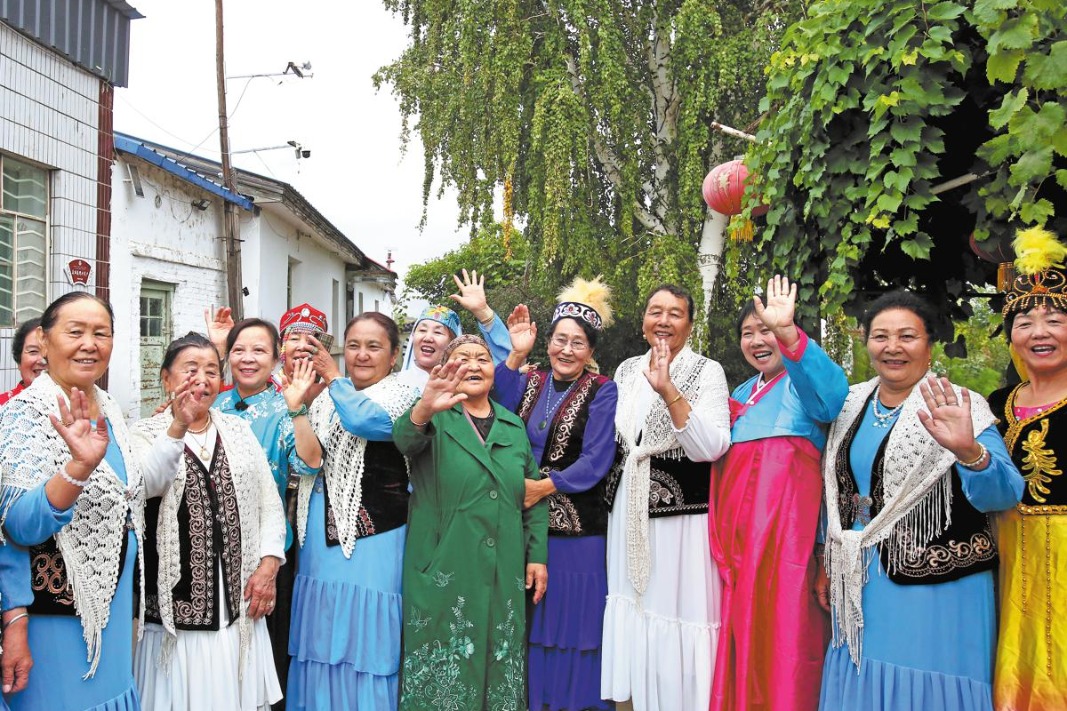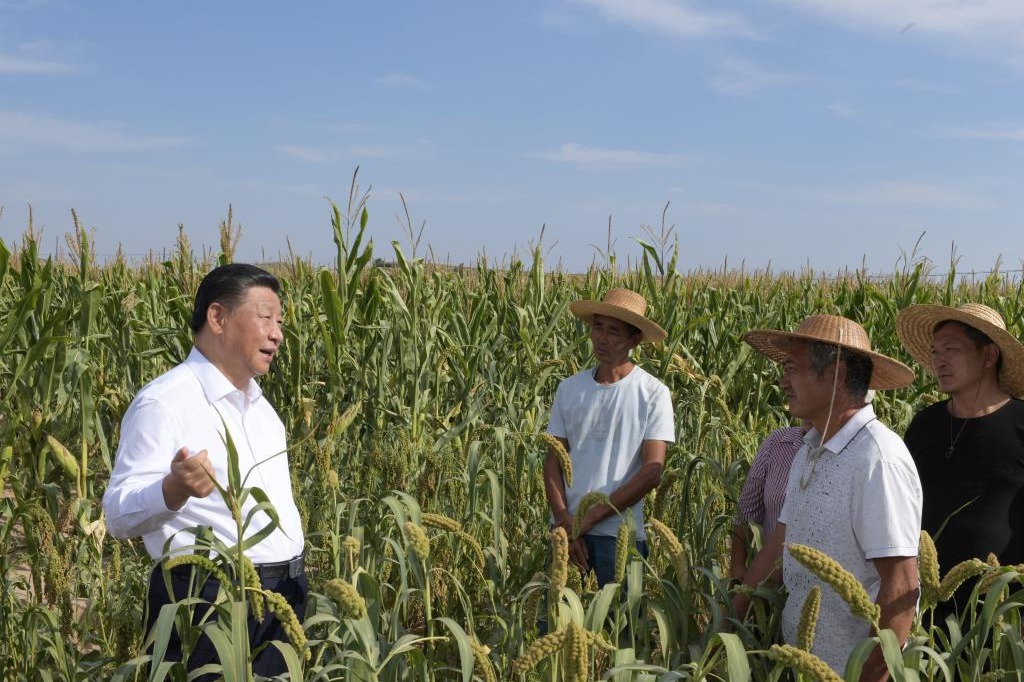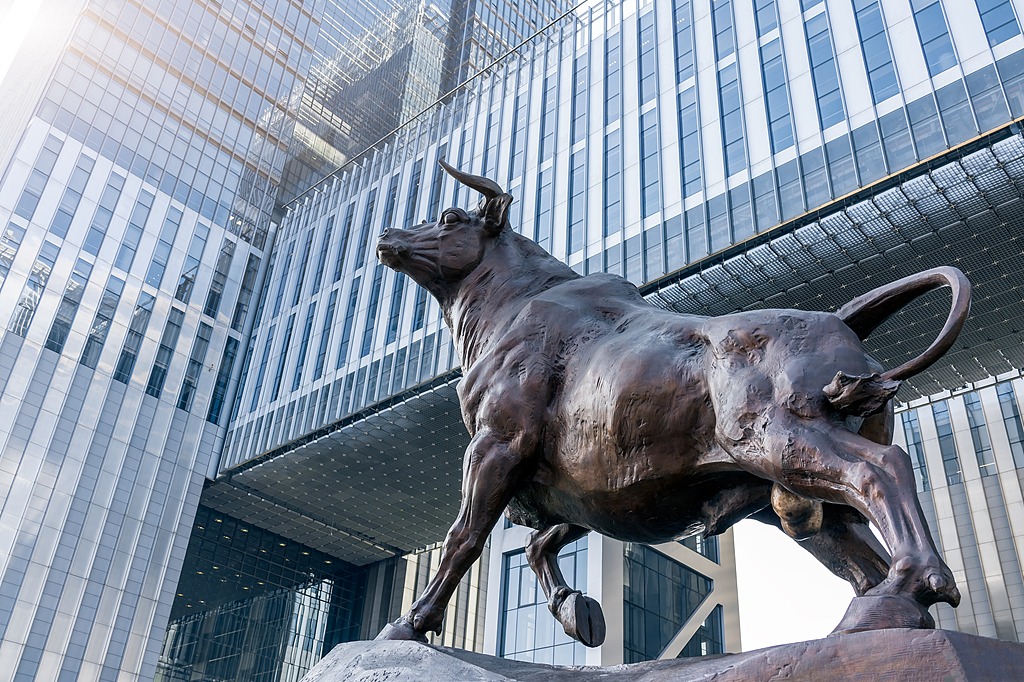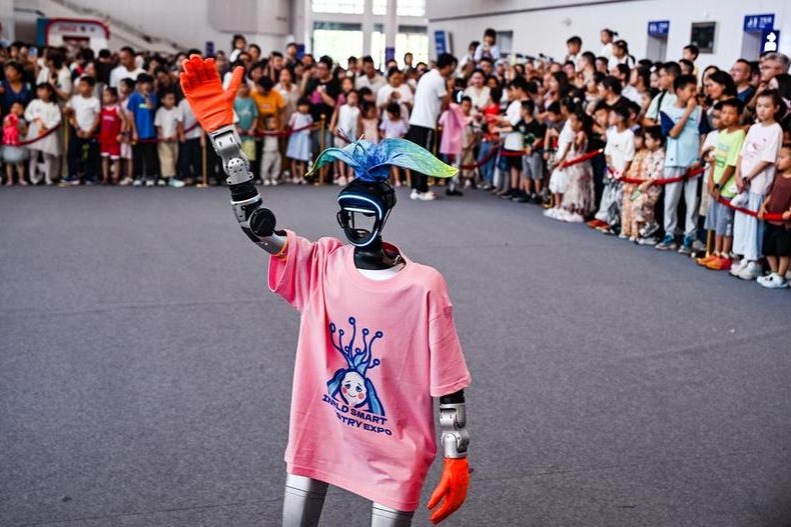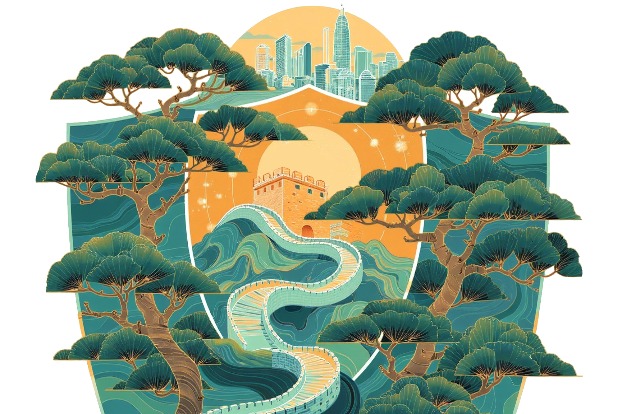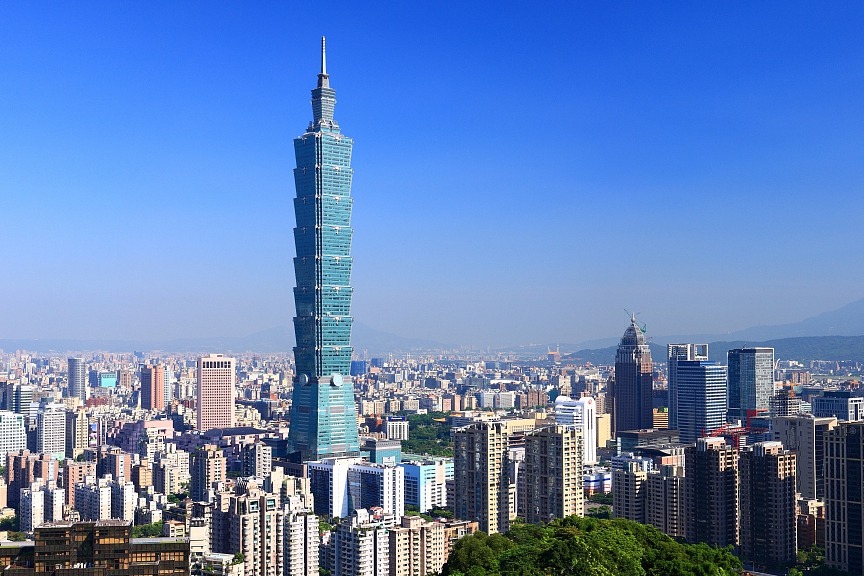Elections in India a long-drawn affair

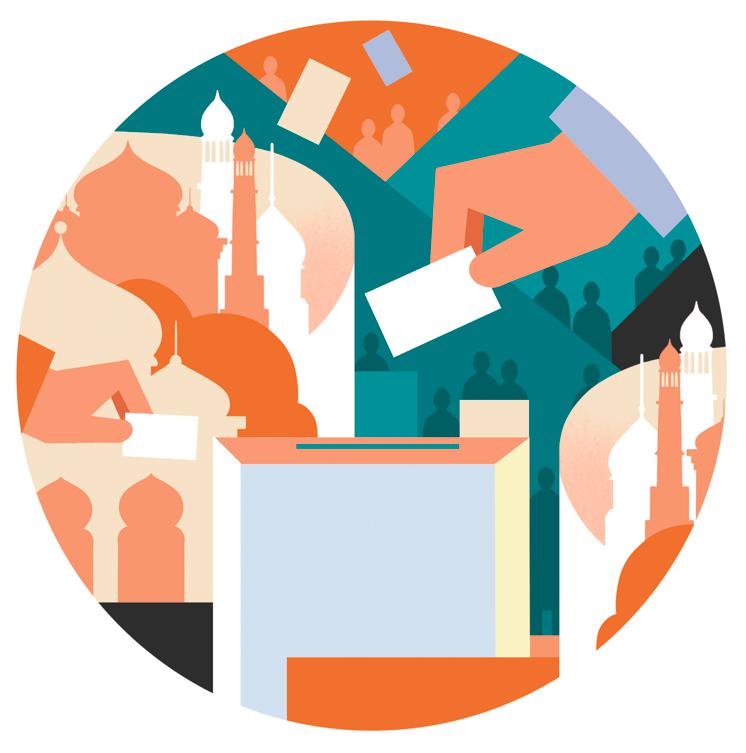
It's election season in India. The focus of the media and observers, however, is mostly on the central and northern Indian provinces of Uttar Pradesh, Bihar, Madhya Pradesh and Rajasthan, which collectively is known as the Hindi heartland, because most of the people there are Hindi language speakers.
The focus on the Hindi heartland is also because Indian Prime Minister Narendra Modi is contesting from a parliamentary constituency in Uttar Pradesh — Varanasi — and the four provinces account for 201 of the 543 seats in the Lower House (or Lok Sabha) of India's bicameral parliament, and the ruling Bharatiya Janata Party-led National Democratic Alliance won 165 of those 201 seats in the last general elections in 2019.
The elections this time will be held in seven phases, which began on April 19 and will end on June 1, with the results scheduled to be declared on June 4.
The poll scenario in India is a bit difficult to comprehend for people used to viewing elections based on the procedure followed by the US presidential election, or the general election in the United Kingdom or most other Western countries. The reason is the mind-boggling diversity in India in terms of languages, regional differences and local issues, and scores of regional political parties that contest the elections.
Yet the focus is on Uttar Pradesh because it sends 80 of the 543 members, or almost 15 percent of the total members, to the Lower House and used to be the traditional power base of the Indian National Congress (or simply the Congress), the oldest political party in India which has given India nine prime ministers including the first prime minister, Jawaharlal Nehru, his daughter Indira Gandhi and her son Rajiv Gandhi, with two of them being elected twice.
But the ruling NDA, which Modi represents, won 64 of the 80 seats in Uttar Pradesh and 39 of the 40 in Bihar in the 2019 elections. This time, though, the opposition parties have aligned under the common umbrella of the Indian National Developmental Inclusive Alliance (INDIA) to bolster their combined strength, especially in the four critical states.
The other provinces in which the BJP outperformed its opponents in the 2019 general elections include Delhi, Haryana and Jharkhand in northern India, Maharashtra and Gujarat in western India, and Karnataka in southern India.
The BJP won all the seven parliamentary seats in Delhi in 2019. But, this time, to give a tough fight to the BJP in Delhi, the Congress has stitched an alliance with the Aam Aadmi Party (Common Man's Party), the ruling party in Delhi province.
In South India, the Congress wrested power from the BJP in Karnataka province in the 2023 assembly election, strengthening its clout in the province which is home to the Indian "Silicon Valley" of Bangalore. Thus the poll battle in Karnataka, where the BJP was in power and had won 25 of the 29 Lower House seats in 2019, promises to be fierce this time.
The BJP, despite being in power at the center, has little presence in the other southern Indian provinces: Tamil Nadu, Kerala, Telangana and Andhra Pradesh. While the Left parties and the Congress hold sway in Kerala, regional parties largely rooted in the anti-Brahmin movement, dominate the politics in Tamil Nadu, and Andhra Pradesh and Telangana have largely kept the BJP at bay perhaps because people there perceive it to be a party of north and central India.
In the eastern Indian province of West Bengal, the BJP had sprung a big surprise in the last elections by winning 18 of the 42 Lower House seats, with the provincial ruling party, the All India Trinamul Congress, bagging 22 seats. Hence, the poll battle in West Bengal should be intense this time.
The Modi-led BJP came to power in 2014 by promising to end corruption, check price rise, create millions of jobs, fight terrorism and, most of all, to boost economic growth. It retained power in 2019 by promising to maintain the growth momentum (which critics say never existed) and claiming it had taught Pakistan a "valuable lesson" for the terrorist attack in Pulwama, Jammu and Kashmir, in which 40 security personnel were killed in February 2019. India alleges Pakistan orchestrated the Pulwama attack.
However, the BJP this time faces public criticism for being corrupt after India's Supreme Court ruled that the electoral bond program, which the Modi government introduced in 2017 and benefited the most from, was "illegal" and "unconstitutional". The program allowed donors to political parties to buy bonds from any State Bank of India (India's biggest bank) branch which could be converted by the targeted political party into cash, and was designed to keep the names of donors and the amount they donated secret.
But some civil society members and the Communist Party of India (Marxist) petitioned the Supreme Court, alleging that the donors, mostly big business houses, had been donating huge amounts to the ruling party to "extract profit" (or get favors) in lieu of the donations. Having heard the arguments of both sides, the Supreme Court ruled the bond program illegal, fueling a raging debate in India on the issue of corruption.
Making aggressive Hinduism, which glorifies the past, its main poll plank, the BJP is seeking votes for building a temple to the Hindu deity Rama at Ayodhya in Uttar Pradesh and for "handing out 5 kilograms of free food grains to 800 million families" and periodically transferring small amounts of money to their bank accounts.
On the other hand, the opposition INDIA bloc's parties say that in the 10 years of the Modi government, unemployment has increased drastically, inflation has spiraled out of control, farmers have become poorer instead of earning twice as much as they used to, as Modi had promised, wealth/income disparity has worsened and many minority community members, especially Muslims, have been attacked, killed and humiliated. To change all this, the opposition is asking the people to vote for the INDIA bloc parties.
Only the June 4 results can tell us which party or coalition of parties has the ears of the people.
The author is a veteran, independent journalist, author and media educator based in India. The views don't necessarily reflect those of China Daily.
If you have a specific expertise, or would like to share your thought about our stories, then send us your writings at opinion@chinadaily.com.cn, and comment@chinadaily.com.cn.



















